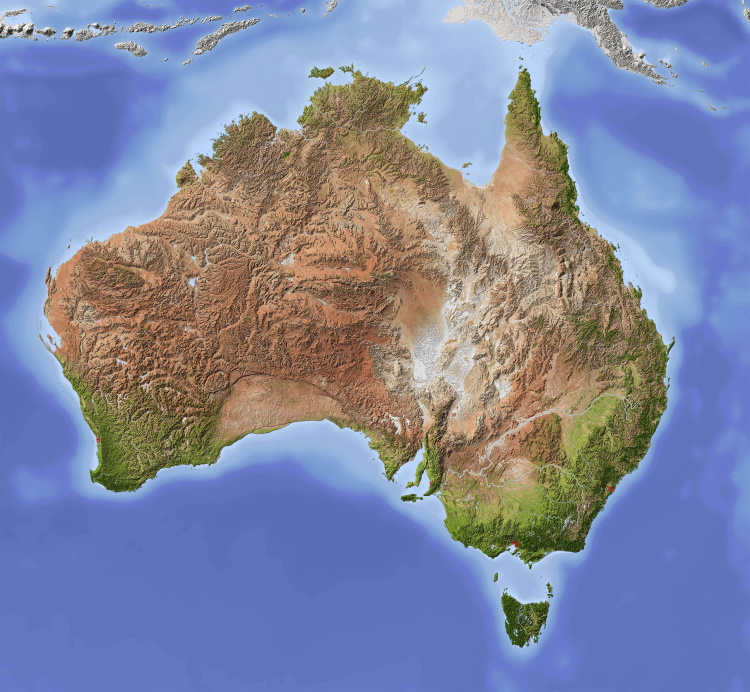

This is satire I presume from the jokiness of the whole thing, but being able to obtain a token in person by just showing an ID (without any storage of data) would be a less intrusive method then the “have your ID and/or face collected and stored for an undisclosed period of time” approach. The latter of which has very obvious privacy and security risks.


















Looks like it’s available in desktop mode too, so will work anywhere on Linux at the least.